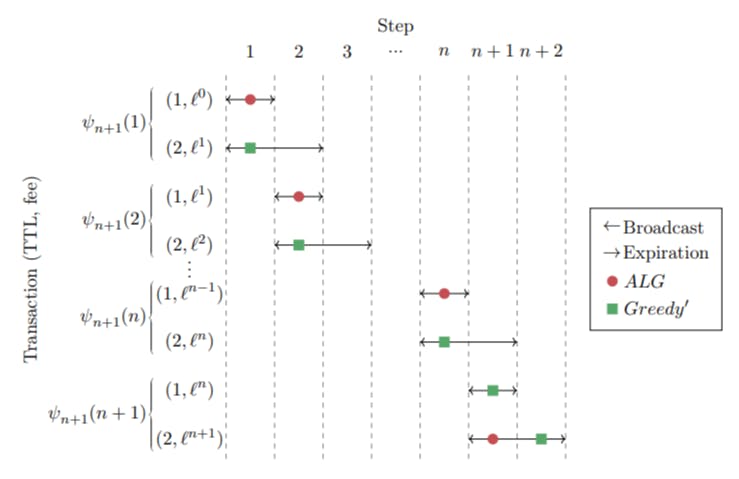OpenAI Takes 10% Stake in AMD in Landmark Chip Partnership Worth Billions


OpenAI has struck a sweeping deal with Advanced Micro Devices (AMD) that could see Sam Altman’s company acquire up to a 10% ownership stake in the chipmaker, marking one of the most significant GPU supply and equity partnerships in the artificial intelligence industry to date.
AMD shares soared more than 30% on Monday following the announcement, underscoring investor enthusiasm over the agreement’s potential to reshape the competitive landscape in AI hardware.
Under the deal, OpenAI will deploy 6 gigawatts of AMD’s Instinct graphics processing units (GPUs) over multiple years and across successive hardware generations. The rollout will begin with an initial 1-gigawatt phase in the second half of 2026.
Register for Tekedia Mini-MBA edition 18 (Sep 15 – Dec 6, 2025): registration continues.
Tekedia AI in Business Masterclass opens registrations.
Join Tekedia Capital Syndicate and co-invest in great global startups.
Register for Tekedia AI Lab: From Technical Design to Deployment.
“We have to do this,” OpenAI President Greg Brockman told CNBC’s Squawk on the Street. “This is so core to our mission if we really want to be able to scale to reach all of humanity, this is what we have to do.”
Brockman added that OpenAI’s product roadmap is already constrained by limited computing capacity, saying the shortage has delayed the release of revenue-generating features in ChatGPT and other offerings.
The Structure of the Deal
As part of the partnership, AMD has issued OpenAI a warrant for up to 160 million shares of AMD common stock, with vesting milestones tied to deployment volumes and AMD’s share price. The first tranche will vest once the initial 1-gigawatt deployment is complete, with subsequent tranches unlocking as OpenAI scales up to 6 gigawatts and achieves defined technical and commercial milestones.

If fully exercised, the warrant would give OpenAI roughly a 10% stake in AMD, based on the company’s current number of outstanding shares. While OpenAI described the deal as being worth “billions,” it declined to disclose the exact value.
AMD CEO Lisa Su told CNBC that the agreement reflects AI’s long-term growth trajectory, adding that “at the end of the day, you need the foundational compute to do that.” She said the partnership would bring together key players in the ecosystem “to ensure that we can really get the best technologies out there.”
Broader AI Infrastructure Push
The deal strengthens AMD’s standing in the high-performance GPU market, where it has long trailed Nvidia. For AMD, winning OpenAI as a flagship customer represents a major validation of its Instinct chip architecture and an entry into the most ambitious AI infrastructure buildout underway anywhere in the world.

The move comes less than two weeks after OpenAI unveiled a separate $100 billion equity-and-supply deal with Nvidia, under which the chipmaker took a stake in OpenAI while agreeing to supply a dedicated 10-gigawatt portion of the company’s 23-gigawatt infrastructure roadmap. Together, the Nvidia and AMD arrangements represent an estimated $1 trillion in new buildout spending commitments by OpenAI.
Shares of Nvidia slipped about 1% on Monday following the AMD announcement, as investors weighed the competitive implications.
OpenAI is also in active talks with Broadcom to develop custom chips for its next generation of models, further diversifying its hardware supply chain and reducing reliance on a single vendor. Oracle, meanwhile, continues to play a central role in building out OpenAI’s data center sites.
A Circular AI Economy
The OpenAI-AMD partnership adds to what analysts describe as the increasingly circular nature of the AI economy — where capital, compute, and equity are intertwined among a handful of dominant players. Nvidia is supplying chips and capital. Oracle is building sites. AMD and Broadcom are providing an alternative supply. And OpenAI, through its massive infrastructure projects, anchors the demand.
This closed-loop structure, while efficient, also raises systemic risks. Analysts warn that disruptions in any part of the chain — from chip production delays to financing bottlenecks — could trigger ripple effects across the broader AI ecosystem.
For AMD, the partnership signals a major commercial milestone after years of lagging behind Nvidia in the AI accelerator race. The deal places AMD squarely in the center of AI’s next wave of data infrastructure expansion and gives the company a clear validation from one of the sector’s most influential players.
“This creates a true win-win — enabling the world’s most ambitious AI buildout and advancing the entire AI ecosystem,” Su said.
For OpenAI, the agreement reinforces its transition from a software and model developer into a full-scale infrastructure player. Under its “Stargate” initiative, the company is building massive computing facilities across the United States. Its first site in Abilene, Texas, is already operational with Nvidia chips, while new sites in New Mexico, Ohio, and the Midwest will include AMD hardware as part of the supply mix.




